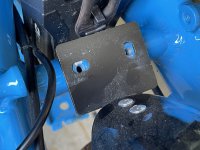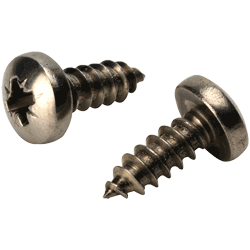Smaug
Well-known member
I seem to have stripped the holes for the rear light and fender on my Lectric XP Lite. (I must say that it didn’t take much at all)
I guess the thing to do is drill them out a bit and tap them for a bigger (and coarser!) thread? Then go easy on the tightening and use thread locker instead?
Any other ideas or is this the best way to go?
I guess the thing to do is drill them out a bit and tap them for a bigger (and coarser!) thread? Then go easy on the tightening and use thread locker instead?
Any other ideas or is this the best way to go?


